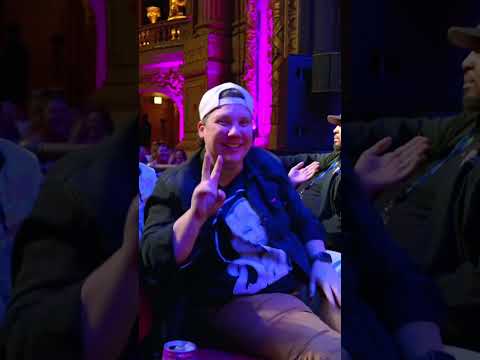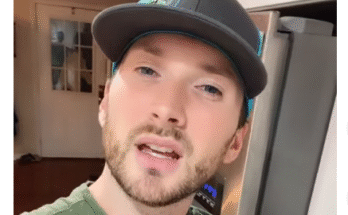For most people, public speaking is a nightmare. For comedians, it’s a job requirement. But for years, the idea of standing on stage with nothing but a microphone and a room full of strangers sent this comedian into cold sweats. Stage fright wasn’t just a passing flutter of nerves—it was a full-blown, knees-knocking, voice-cracking kind of terror. Yet somehow, that same fear set the stage for an unexpected journey: from panic to punchlines, from silence to standing ovations.
The first time on stage was a disaster. The lights were too bright, the mic felt too heavy, and the jokes that sounded clever in the shower came out tangled and flat. A nervous chuckle here, an awkward cough there, and finally, the dreaded sound: silence. That night, stage fright won. The comedian left convinced the dream was over.
But comedy has a funny way of pulling people back in. A few months later, at another open mic, something unexpected happened. Halfway through the shaky set, a man in the audience sneezed—loudly, explosively, like a trombone in the wrong orchestra. Without thinking, the comedian blurted out, “Well, bless that, we might need a priest, not a tissue.” The audience erupted in laughter.
That moment was a revelation. Crowd work—the art of bouncing off the audience—wasn’t just filler. It was connection. And connection was stronger than fear.
From then on, the comedian leaned into it. Instead of clinging to memorized jokes like a safety blanket, they started talking with the audience, not just at them. A guy in the front row wearing sunglasses indoors became “the undercover FBI agent.” A couple celebrating their anniversary became the stars of a romantic roast. A group of latecomers who stumbled in halfway through the show were teased as “the B-list celebrities we didn’t know we needed.”
With every interaction, the nerves loosened their grip. Stage fright was still there—lurking, whispering—but laughter drowned it out. The audience wasn’t waiting to judge. They wanted to play, to laugh, to feel like they were in on something special. Crowd work transformed the stage from a battlefield into a playground.
The real test came on a night when the headliner canceled last-minute, and our comedian was bumped up to close the show. Panic bubbled up, but there was no turning back. They stepped onto the stage, scanning the crowd, and asked, “So, who here thought they were the headliner tonight? Because frankly, I could use a replacement.”
The crowd cracked up, and the energy surged. For the next thirty minutes, it was pure improvisation: riffs, comebacks, playful jabs, and running jokes that built on each other until the whole room felt like one big inside joke. By the time the set ended, the audience was on their feet—applauding, cheering, whistling. A standing ovation.
Stage fright hadn’t vanished—it probably never would. But the comedian had learned to turn that fear into fuel, transforming shaky knees into sharp wit and sweaty palms into spontaneous magic.
What began as a journey of fear ended as proof that laughter doesn’t just fill a room—it conquers it.


